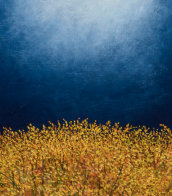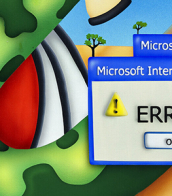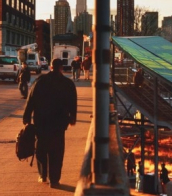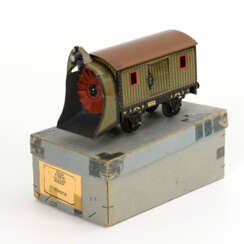bing





Li Tianbing is a Chinese artist. Li Tianbing’s body of work is characterized by the dual influence of the Far-East and the West: the first being a legacy of Chinese painting imbued with Taoism, the second coming from the teachings of art professors such as Vladimir Veličković, Christian Boltanski and Giuseppe Penone while he studied at the Fine Arts School in Paris. His work was marked by a pivotal moment in 2006, when he compiled a family album comprising portraits of him as a child, for the purpose of denouncing the one-child policy, thus depicting an imaginary family through replications of himself. He henceforth developed a new visual language in which portraits abound, creating through his art a dialog between reality, imagination and fantasy. When working on his compositions, Li Tianbing essentially uses oil paint; however, another of his main means of expression remains drawing with Indian ink. He also enjoys working with watercolours, alternating between Chinese and European paintbrushes.


Li Tianbing is a Chinese artist. Li Tianbing’s body of work is characterized by the dual influence of the Far-East and the West: the first being a legacy of Chinese painting imbued with Taoism, the second coming from the teachings of art professors such as Vladimir Veličković, Christian Boltanski and Giuseppe Penone while he studied at the Fine Arts School in Paris. His work was marked by a pivotal moment in 2006, when he compiled a family album comprising portraits of him as a child, for the purpose of denouncing the one-child policy, thus depicting an imaginary family through replications of himself. He henceforth developed a new visual language in which portraits abound, creating through his art a dialog between reality, imagination and fantasy. When working on his compositions, Li Tianbing essentially uses oil paint; however, another of his main means of expression remains drawing with Indian ink. He also enjoys working with watercolours, alternating between Chinese and European paintbrushes.




Li Tianbing is a Chinese artist. Li Tianbing’s body of work is characterized by the dual influence of the Far-East and the West: the first being a legacy of Chinese painting imbued with Taoism, the second coming from the teachings of art professors such as Vladimir Veličković, Christian Boltanski and Giuseppe Penone while he studied at the Fine Arts School in Paris. His work was marked by a pivotal moment in 2006, when he compiled a family album comprising portraits of him as a child, for the purpose of denouncing the one-child policy, thus depicting an imaginary family through replications of himself. He henceforth developed a new visual language in which portraits abound, creating through his art a dialog between reality, imagination and fantasy. When working on his compositions, Li Tianbing essentially uses oil paint; however, another of his main means of expression remains drawing with Indian ink. He also enjoys working with watercolours, alternating between Chinese and European paintbrushes.















































































